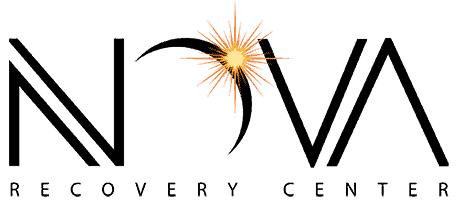Last Updated on August 26, 2025
Table of Contents
When most people think of addiction, they probably associate the condition with drug or alcohol abuse. It’s true that many cases of addiction involve substance abuse and research shows that over 21 million adults in the United States have a problem with drugs or alcohol.1 However, it’s also possible to become addicted to a behavior, or what is called behavioral addiction.
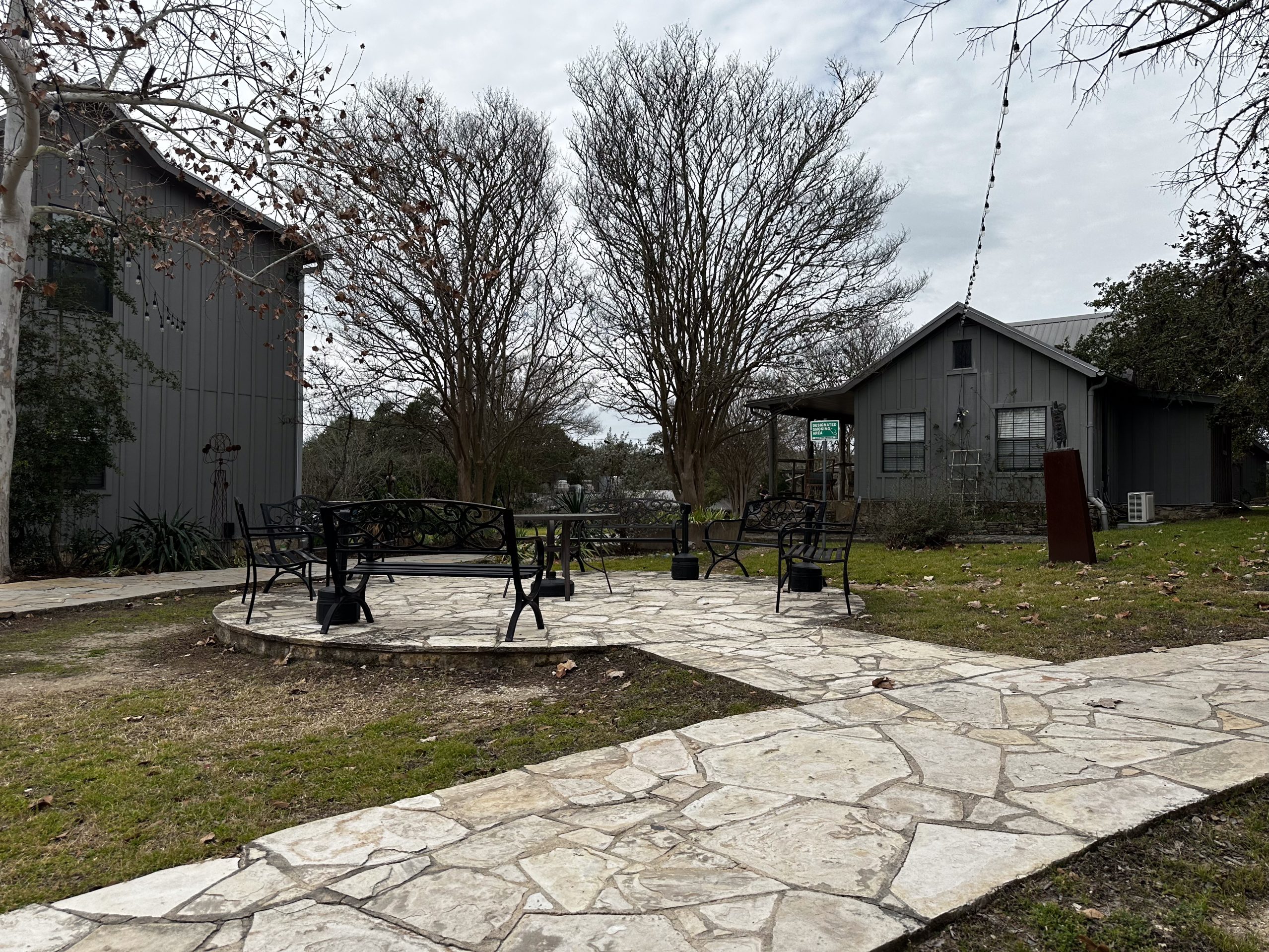
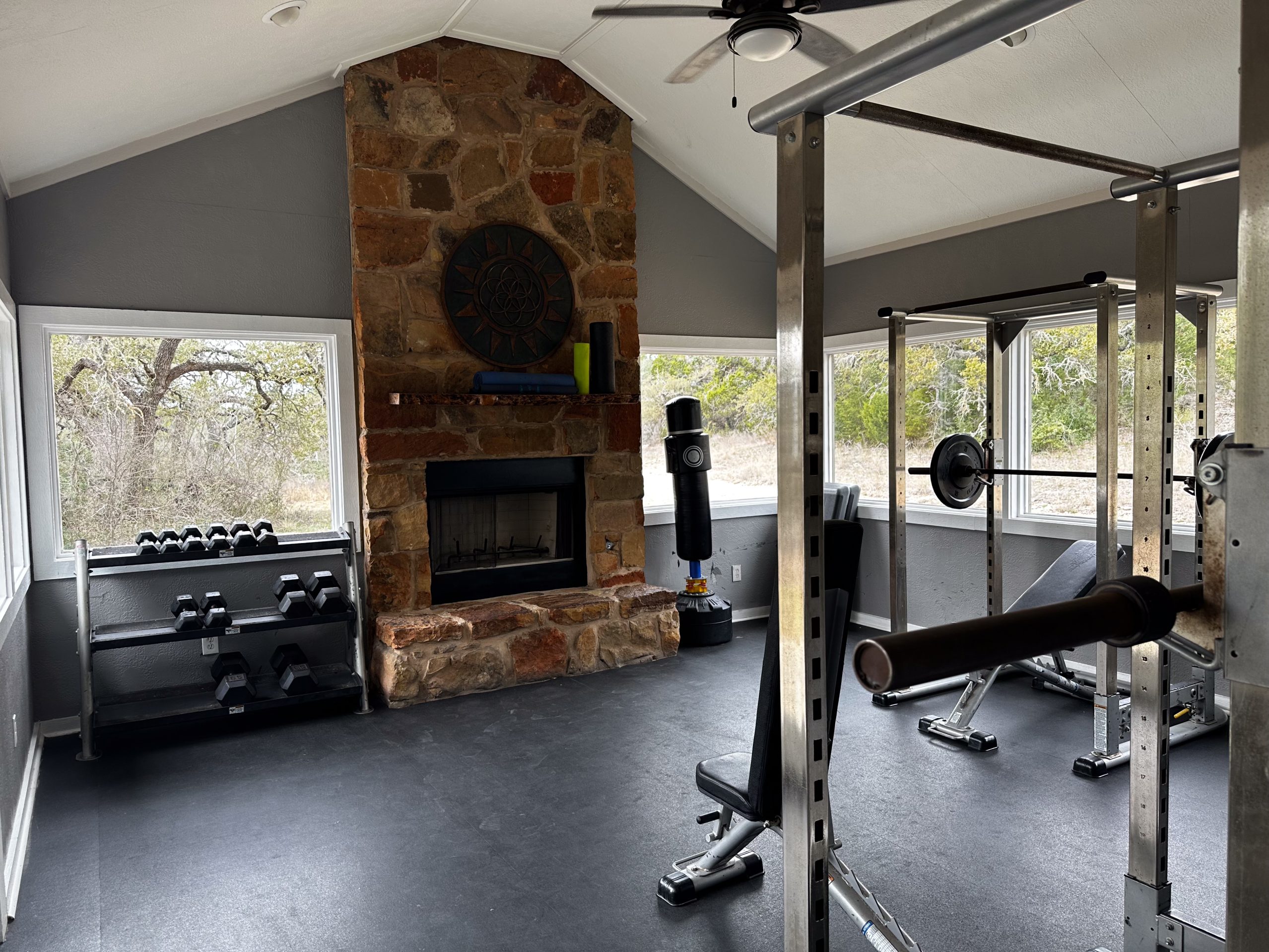
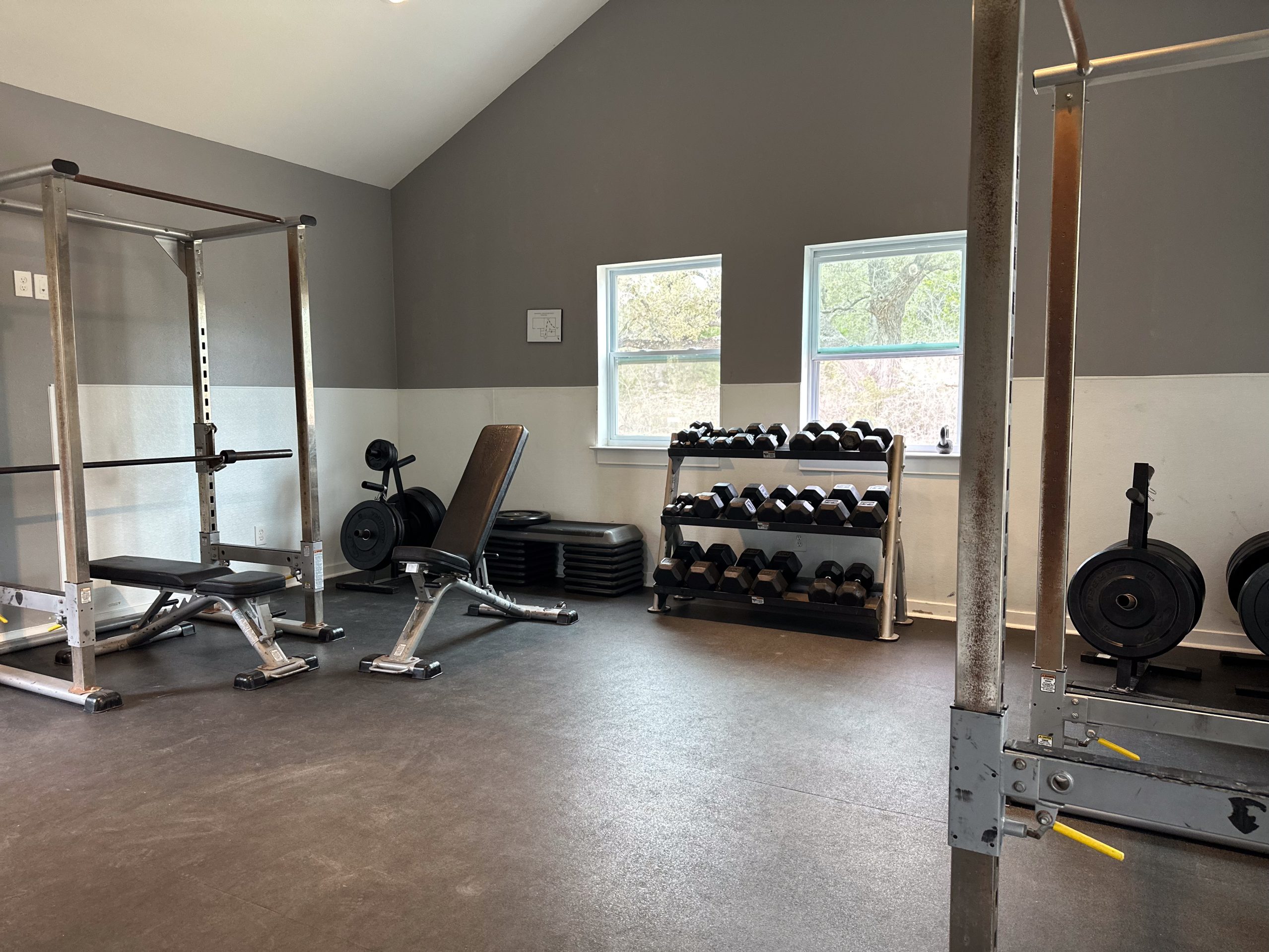
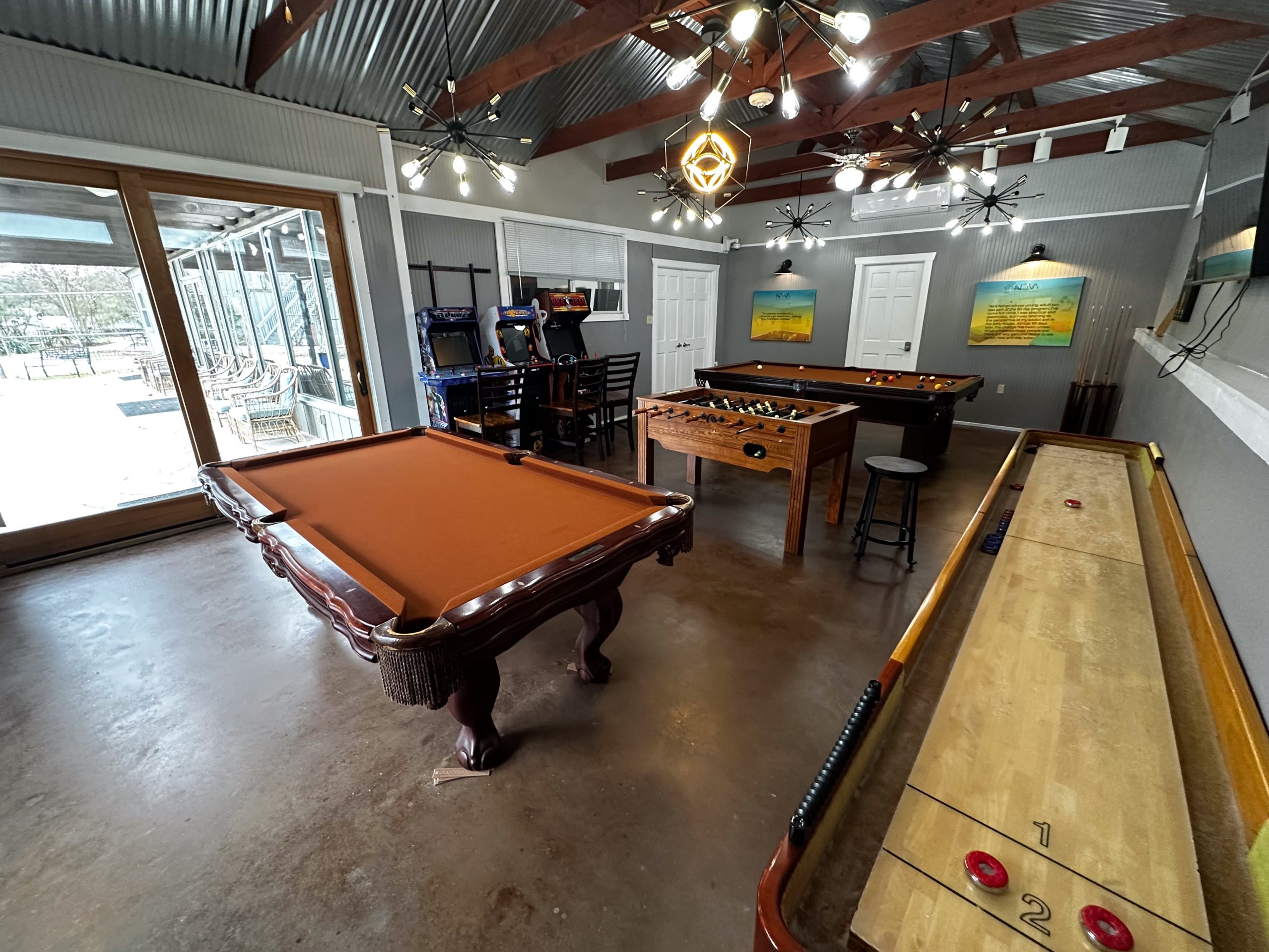
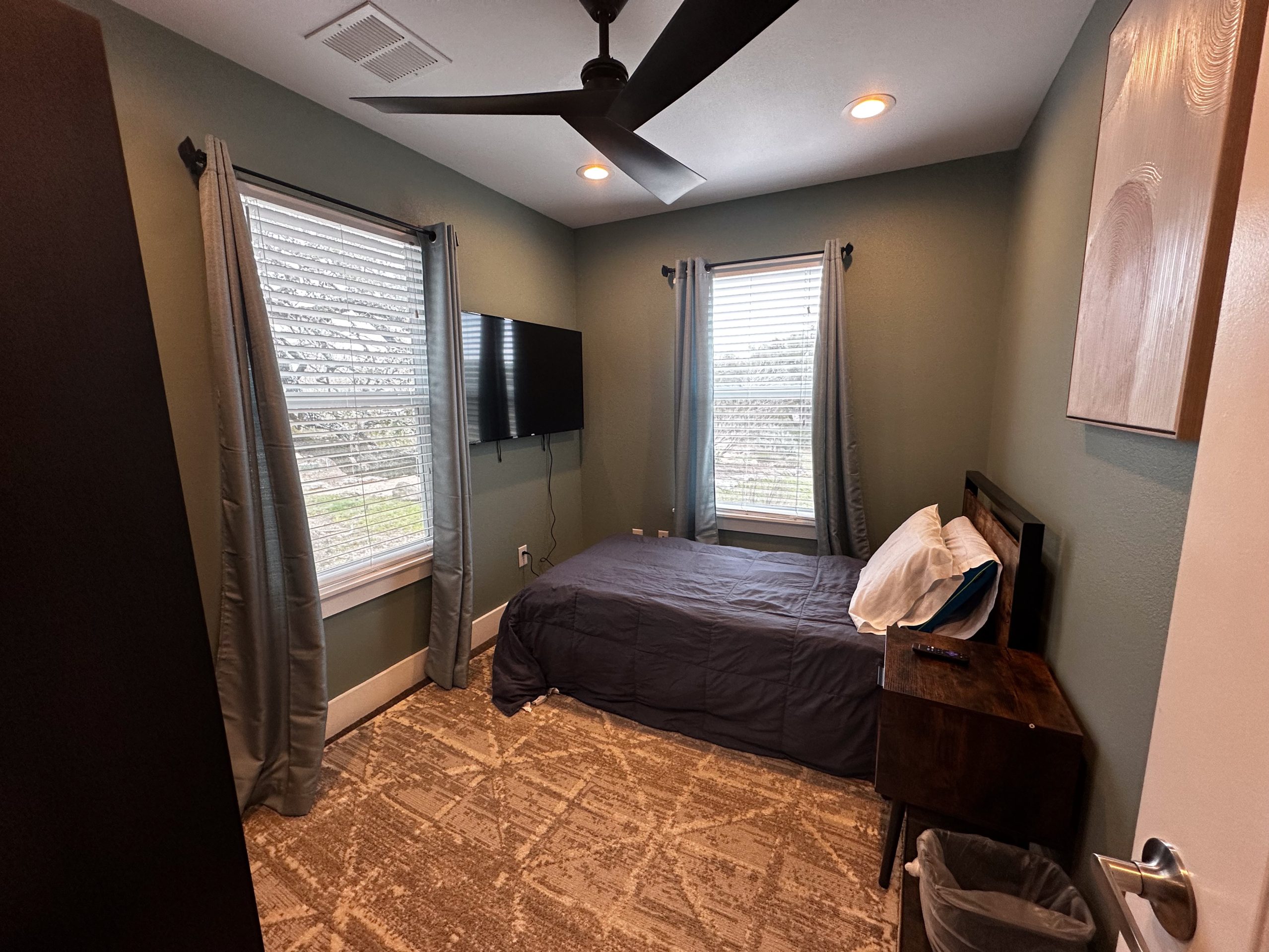



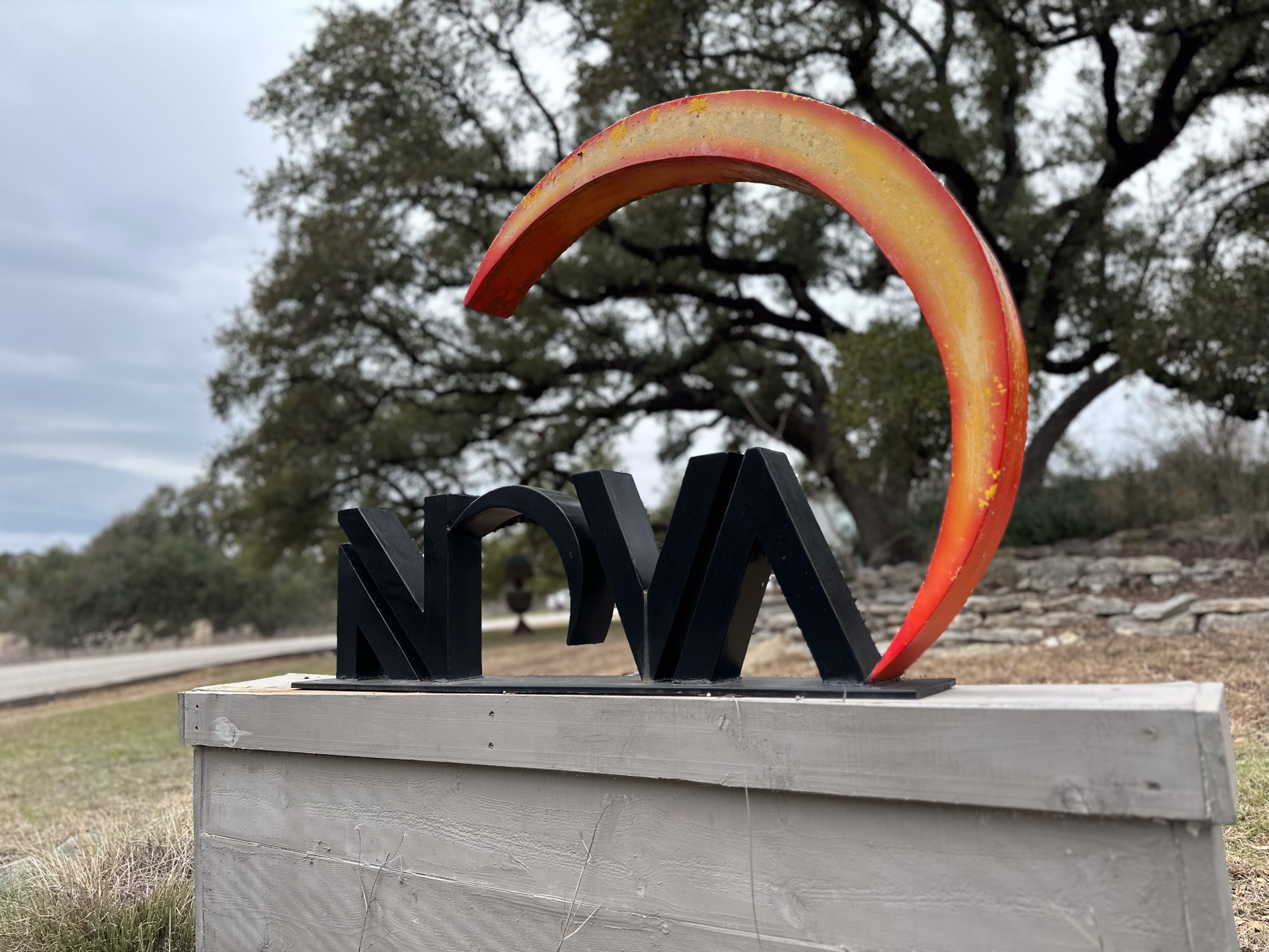
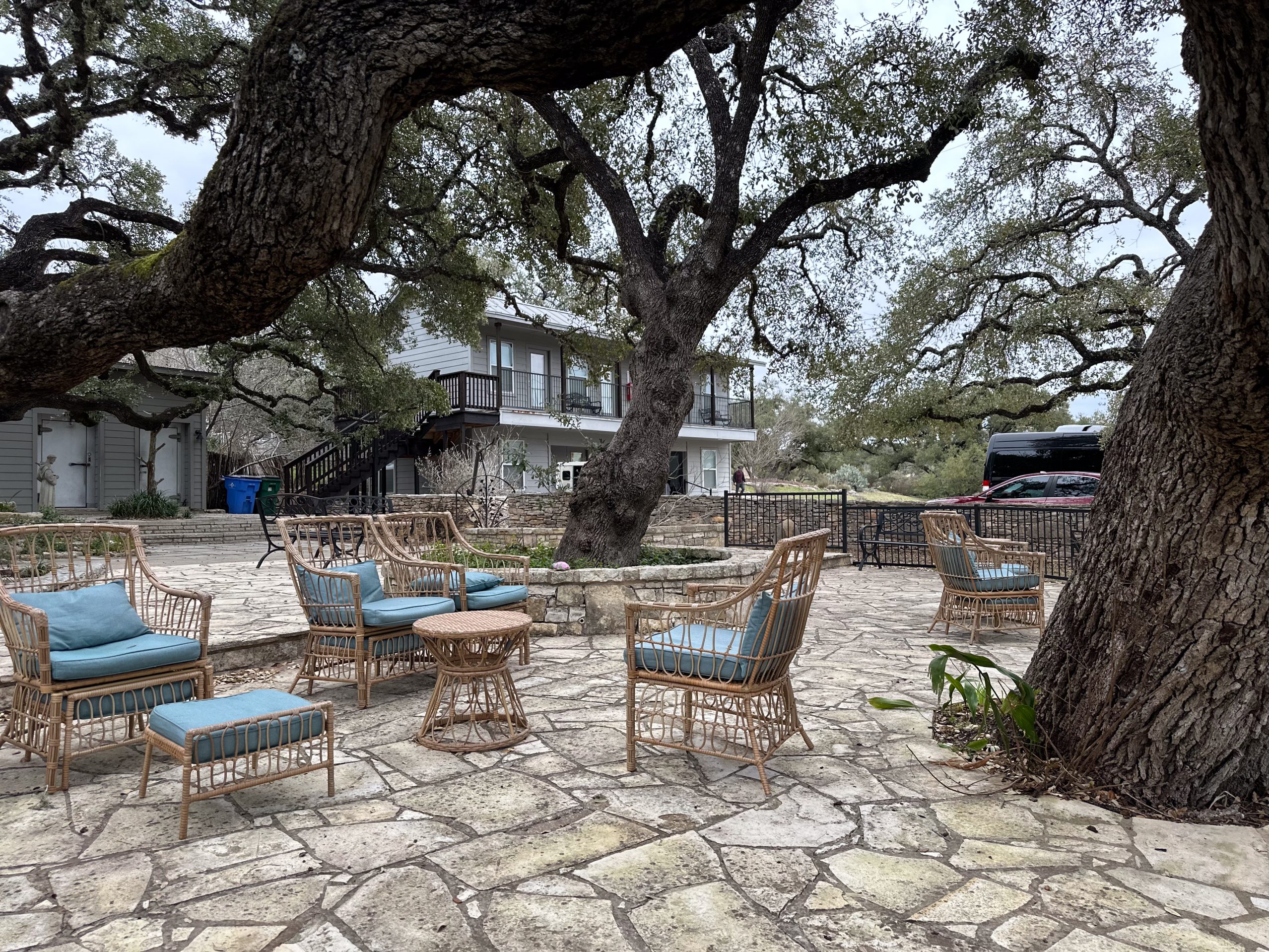
Behavioral addiction, also known as process addiction, can be just as problematic as an addiction to alcohol or drugs, but the disease is not as well-understood. This article covers the basics about behavioral addiction and identifies some potential warning signs of the condition.
What is behavioral addiction?
How is it possible to develop an addiction without consuming an addictive substance? Experts have learned that the brain has similar reactions to behaviors as it does to substances like drugs or alcohol.2
The brain develops powerful reinforcements for these behaviors, making you want to do them again and again, even if you’re experiencing negative consequences from these actions. In many cases, the reinforcement of a behavior is so intense that an addicted person experiences withdrawal symptoms when they stop the behavior–they may feel agitated, irritable or have trouble sleeping.
Freedom Starts Here. Take Back Your Life Today.
Same-Day Admissions in Austin Available.
Common behaviors that can develop into an addiction
Certain behaviors can become problematic when they inhibit a person’s ability to function daily or cause serious harm to them physically, emotionally, financially, or psychologically. Examples of behaviors that can become addictive include:
- Gambling
- Shopping
- Sex
- Internet use
- Eating
- Exercise
What are the signs of behavioral addiction?
Some of the behaviors listed above are activities that everyone engages in to some degree and may enjoy greatly. However, a behavior pattern isn’t considered an addiction unless it meets the following criteria:
- The person is suffering from physical or mental health issues as a result of the behavior
- The person is having problems at work or in relationships due to the behavior
- The person is experiencing other damaging consequences as a result of their extreme behavior
- The person is unable to stop the behavior in spite of these negative consequences
Behavioral addiction treatment
Many of the same treatment methods that are used to address addiction to drugs and alcohol are also effective in treating behavioral addiction. Talking out various issues in group and individual therapy is an essential component of the healing process.
People suffering from behavioral addiction also need to unlearn their patterns of addictive behavior and replace them with healthy new patterns. Cognitive behavioral therapy is an effective technique that helps participants recognize the situations that will trigger cravings for their addictive behavior and teaches them how to handle these situations.
A behavioral addiction can have damaging consequences to your personal and professional life; dealing with this condition can be even more frustrating when people don’t recognize the problem as a true addiction. If you suspect you’re struggling with a behavioral addiction, don’t give up—help and healing are available. With the help of the right behavioral addiction treatment center, you can learn how to manage the behavior and reclaim your life.
If you want to find help for recovery in Austin, the caring professionals at Nova Recovery Center are here to help. We treat all kinds of substance use disorders and co-occurring conditions, including behavioral addictions. With our individualized evidence-based treatment programs, which include cognitive behavioral therapy, we can help you overcome your substance abuse and other behavioral addictions to create a healthier life for yourself. We offer an intensive outpatient rehab in Austin, Texas as well as 90-day residential rehab, sober living, and aftercare programs.
Please contact us online or call (888) 427-4932 to get started today. An admissions representative is waiting to speak with you.
How Inpatient, Outpatient, and Sober Living Support Behavioral Addiction Recovery
Overcoming behavioral addictions such as gambling, compulsive shopping, internet use, or exercise addiction often requires more than willpower. Professional treatment provides the structure, guidance, and accountability necessary to break free from compulsive patterns.
Inpatient Treatment
Inpatient treatment is ideal for individuals who need intensive support in a structured environment. Living at a treatment facility removes daily triggers and distractions, allowing clients to focus fully on recovery. Through evidence-based therapies such as cognitive behavioral therapy (CBT) and addiction counseling, individuals learn to identify triggers, unlearn addictive behaviors, and replace them with healthier coping strategies.
Outpatient Treatment
For those who cannot step away from work, school, or family responsibilities, outpatient treatment programs offer flexibility while still providing professional care. Outpatient rehab includes therapy sessions, relapse prevention training, and group support. This setting allows individuals to practice recovery skills in their daily lives while receiving ongoing guidance and accountability from trained professionals.
Sober Living
Transitioning from treatment back into everyday life can be overwhelming. Sober living homes provide a supportive environment where individuals can continue building strong recovery habits. Residents benefit from accountability, peer support, and a safe place to live while they focus on long-term stability. Sober living bridges the gap between treatment and complete independence, greatly reducing the risk of relapse.
Together, inpatient care, outpatient treatment, and sober living create a full continuum of care that addresses the complexity of behavioral addictions and supports long-term recovery.
Behavioral Addiction FAQ: Signs, Treatment, and Recovery Support
What are examples of behavioral addictions?
Behavioral addictions, also known as process addictions, include compulsive gambling, shopping addiction, internet or gaming addiction, sex addiction, eating disorders, and exercise addiction. These compulsive behaviors activate the brain’s reward system in ways similar to drugs or alcohol.
How can I stop addictive behavior?
To stop addictive behavior, professional support is often necessary. Strategies include behavioral addiction counseling, cognitive behavioral therapy, support groups, and accountability through outpatient treatment or sober living programs. Developing healthier coping mechanisms is critical to long-term success.
What is the definition of addictive behavior?
Addictive behaviors are repetitive, compulsive actions that persist despite negative consequences. They may involve substances or processes (such as shopping, eating, or gambling). These behaviors often cause withdrawal symptoms when stopped and disrupt daily life, relationships, and mental health.
What is the difference between behavioral addiction and substance addiction?
Behavioral addiction vs. substance addiction differs mainly in the source of the addictive cycle. Substance addiction involves drugs or alcohol, while behavioral addiction stems from activities such as gambling, sex, or internet use. However, both conditions share characteristics such as compulsive engagement, withdrawal symptoms, and destructive consequences.
How is behavioral addiction treated?
Behavioral addiction treatment often combines individual therapy, group counseling, and holistic approaches. Inpatient programs provide immersive support, while outpatient treatment allows flexibility. Many individuals also transition into sober living environments for accountability during early recovery.
Can behavioral addiction be cured?
There is no quick cure, but behavioral addictions can be managed effectively with ongoing treatment. Process addiction treatment helps individuals unlearn unhealthy patterns and adopt long-term strategies for success. Many people achieve recovery and rebuild their lives with professional help and support networks.
What are the characteristics of addictive behavior?
Addictive behavior characteristics include loss of control, compulsive engagement, inability to stop despite harm, cravings, and withdrawal-like symptoms when the behavior is stopped. These traits apply to both substance and behavioral addictions.
